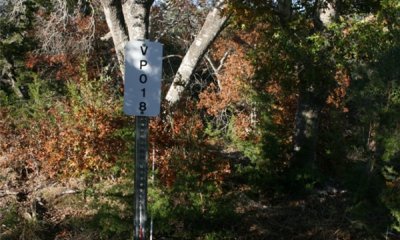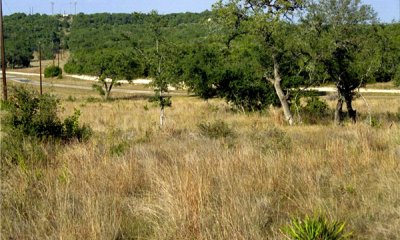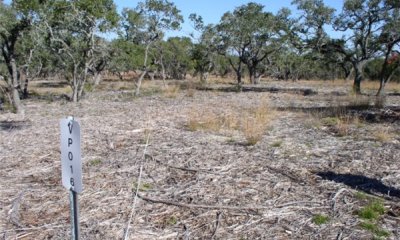
Low Stony Hill 29-35 PZ
Scenario model
Current ecosystem state
Select a state
Management practices/drivers
Select a transition or restoration pathway
-
Transition T1A
Absence of disturbance and natural regeneration overtime
More details -
Transition T1B
Removal of woody species coupled with range seeding
More details -
Restoration pathway R2A
Reintroduction of natural disturbance regimes
More details -
Transition T2A
Removal of woody species coupled with range seeding
More details -
Transition T2B
Mechanical conversion of juniper to mulch
More details -
No transition or restoration pathway between the selected states has been described
Target ecosystem state
Select a state
State 1
Reference






Description
The reference state is considered to be representative of the natural range of variability under pre-Euro settlement conditions. This state is characterized by a diverse open grassland with scattered Texas live oak. Community phase changes are primarily driven by wildfire, grazing, and climatic variation.
Submodel
State 2
Encroached











Description
This state is characterized by an increased density and cover of woody species. Juniper and oak trees impact hydrologic cycling by intercepting rainfall and competing with herbaceous species for soil moisture. Understory species also decline in vigor and reproductive capacity due to shading. Trees are controlling site resources.
Submodel
State 3
Open Grassland State



Description
This state is characterized by the removal of woody species followed by seeding non-native herbaceous species. Hydrologic cycling is similar to reference state, but the plant community is dominated by non-natives.
Submodel
Mechanism
Sunlight energy is being captured more by woody plants than by herbaceous plants. An increasing amount of rainfall is entrapped in the juniper canopy with less entering the soil rooting zone. Continued overgrazing/browsing, lack of the fire, and lack of brush management are responsible. Drought can hasten the process although a long term severe drought can result in the death of juniper.
Mechanism
Mis-applied, brush management removes most of the woody species to restore the energy capture back to herbaceous plants. Range seeding is applied that sometimes includes exotic herbaceous species or they are introduced through hay, livestock, or wildlife. The hydrologic cycle resembles the reference plant community.
Mechanism
Brush management and range planting, if needed, will change the plant community back to a more herbaceous plant community to capture sunlight. The hydrology is reclaimed with a higher percentage of rainfall entering the root zone for use by herbaceous plants. Fire and brush management will be needed to maintain the recovery.
Mechanism
Mis-applied, brush management removes most of the woody species to restore the energy capture back to herbaceous plants. Range seeding is applied that sometimes includes exotic herbaceous species or they are introduced through hay, livestock, or wildlife. The hydrologic cycle resembles the reference plant community.
Mechanism
Mechanical conversion of primarily juniper canopy to a mulch cover restores the energy flow to the remaining species, usually oak. The hydrologic cycle retains nearly all the rainfall because of the heavy mulch. Little evaporation takes place.
Model keys
Briefcase
Add ecological sites and Major Land Resource Areas to your briefcase by clicking on the briefcase (![]() ) icon wherever it occurs. Drag and drop items to reorder. Cookies are used to store briefcase items between browsing sessions. Because of this, the number of items that can be added to your briefcase is limited, and briefcase items added on one device and browser cannot be accessed from another device or browser. Users who do not wish to place cookies on their devices should not use the briefcase tool. Briefcase cookies serve no other purpose than described here and are deleted whenever browsing history is cleared.
) icon wherever it occurs. Drag and drop items to reorder. Cookies are used to store briefcase items between browsing sessions. Because of this, the number of items that can be added to your briefcase is limited, and briefcase items added on one device and browser cannot be accessed from another device or browser. Users who do not wish to place cookies on their devices should not use the briefcase tool. Briefcase cookies serve no other purpose than described here and are deleted whenever browsing history is cleared.
Ecological sites
Major Land Resource Areas
The Ecosystem Dynamics Interpretive Tool is an information system framework developed by the USDA-ARS Jornada Experimental Range, USDA Natural Resources Conservation Service, and New Mexico State University.








